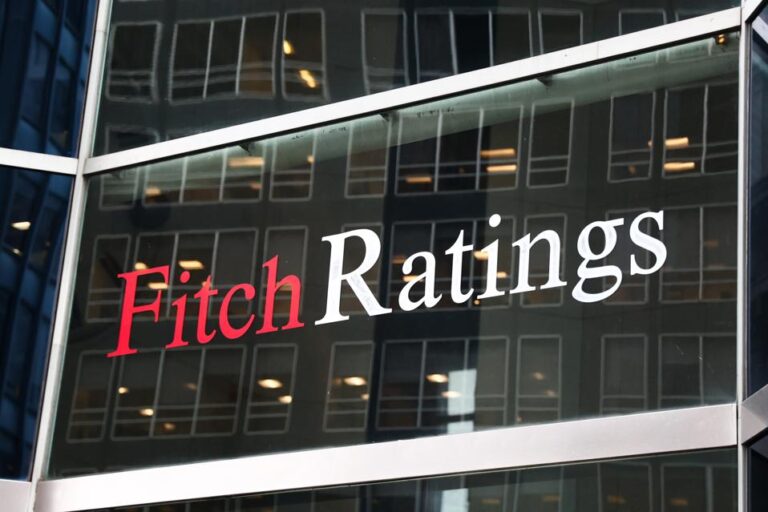
Fitch Ratings recently released its “U.S. Higher Education Outlook 2025,” indicating that the higher education sector is facing challenges that appear to be a decline compared to previous years. However, experts indicate that a deeper analysis of the report reveals a more complex scenario. While the report acknowledges certain pressures within the sector, it suggests that the situation may not be as severe as it may seem at first glance.
Concerns Over Public Funding
The report highlights concerns regarding public funding, which has stabilized as states continue to adjust their budgets in the aftermath of the pandemic. It also presents modest projections for net tuition growth. This stagnation in public financial support, alongside rising operational expenses, may affect the financial stability of higher education institutions. Despite these pressures, experts contend that they do not necessarily lead to a decrease in the sector’s overall value or demand.
Operating Costs and Enrollment Trends
Fitch identifies operating costs—specifically those related to labor and benefits—as significant obstacles for colleges and universities. The report notes that while undergraduate enrollment has stabilized somewhat following the COVID-19 pandemic, there has been a notable decline in freshman enrollment, particularly at four-year institutions. Contributing factors include difficulties with the rollout of the Free Application for Federal Student Aid (FAFSA) and broader trends in college attendance. Nevertheless, some analysts anticipate a potential recovery in interest and applications as the FAFSA situation improves.
International Student Market
Additionally, the international student market is facing challenges, with enrollment remaining variable due to geopolitical issues. Fitch expects moderate growth in net tuition revenue for the 2024-2025 academic year, signaling a generally positive outlook for profitability among most institutions.
Institution-Specific Success
Despite these overarching challenges, certain institutions are witnessing increased interest. For example, the University of Texas at Austin has reported a record number of freshman applications, indicating that while general trends may be troubling, certain areas of demand continue to thrive.
Conclusion
In conclusion, Fitch’s report outlines caution regarding fiscal pressures in higher education while also indicating a stable overall enrollment situation and projecting modest revenue growth. This perspective suggests a nuanced but not entirely negative outlook for the sector in the foreseeable future.
(Source: Forbes)